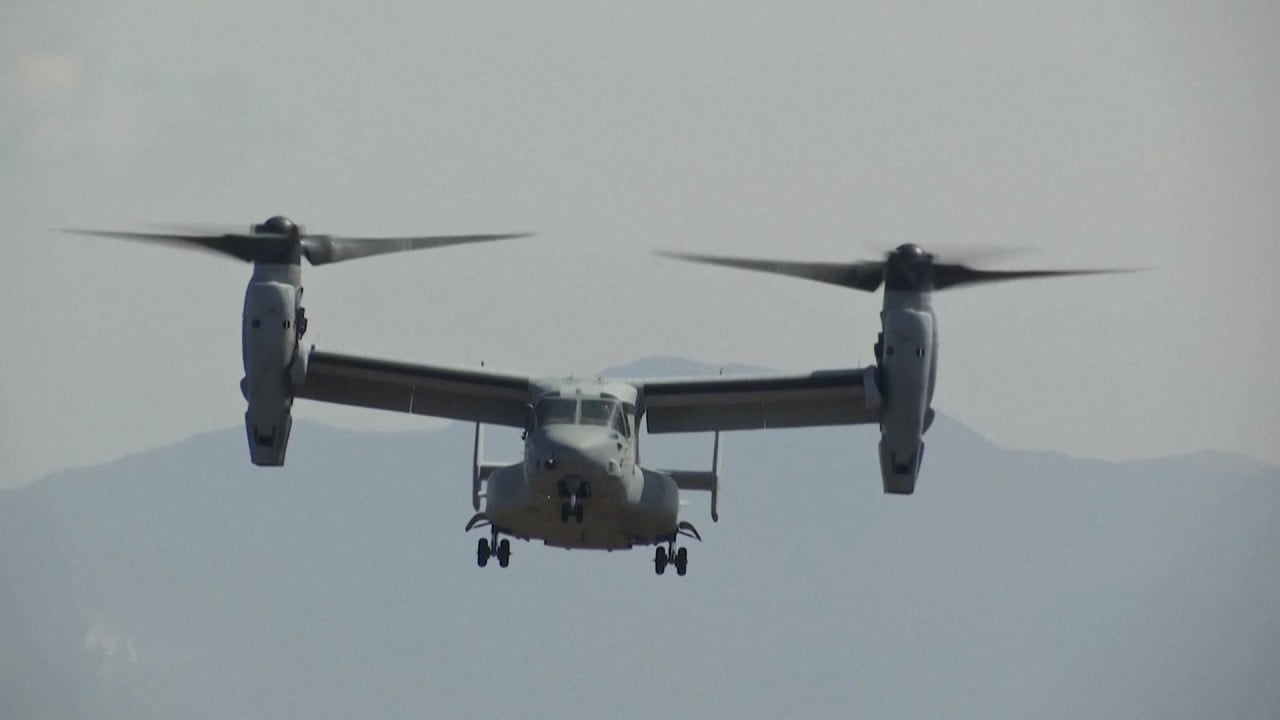
Drone 007: Chinese military plans to replace human agents with machines in special operations overseas
- Unlike in the fictional world of James Bond, in real life, dangerous military operations carry high risks for special forces
- Scientists have been working with the PLA to develop a drone that can complete these missions without putting agents in danger
It is a perilous assignment: slip in unseen, strike hard and slip away again – all without a trace. Such special forces missions are the stuff of James Bond movies, but in the real world they are considerably more challenging to execute.
No matter how exceptional real agents are, they struggle to achieve the invincibility portrayed by 007. And should they fall into enemy hands, it could spell trouble for military planners.
The Chinese government has always been vocal about its policy of non-interference in the internal affairs of other countries, and the Chinese military is notoriously secretive about its operations overseas.
But in a recent paper published in the Fire Control & Command Control journal, the PLA’s 78092 unit, which is involved in this project, revealed some details about a future hypothetical overseas special operations plan.

They argued that disclosing this theoretical plan would help Chinese companies, engineers and scientists who are researching and developing new UAVs to better understand the military’s needs and strategic goals.
In the scenario, the Chinese military is tasked with a special mission: to strike swiftly and silently at key enemy installations deep behind the lines. Their target, a critical command and supply hub for the opposing forces, lies hidden along a river, some 40km from the front.
These drones, purpose-built for special operations, must be capable of operating both alone and in coordinated swarms. They must be able to navigate the river’s depths, avoiding detection while launching torpedoes at enemy patrol boats.
To remain unseen, they must stay close to the riverbed, staying submerged for long periods and navigating obstacles such as reefs with ease. Once they surface, they must be able to fly at extremely low altitudes, making quick, evasive manoeuvres to avoid enemy fire.
And as they approach their targets, these drones must be able to engage beyond visual range, striking with precision and then disengaging without further human intervention.
Their advanced intelligence, surveillance and reconnaissance (ISR) systems must allow them to hover over the battlefield after the initial attack, assessing the damage and determining whether further action is required.
If enemy forces attempt to flee, these drones must be capable of pursuing and eliminating them, ensuring a complete victory before returning to Chinese territory.
According to the 78092 unit, the special ops drone project has already landed, and more innovative equipment is on the horizon as China races to meet its growing defence needs.


